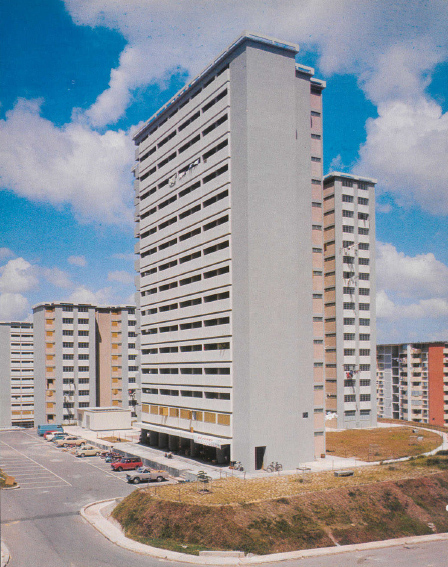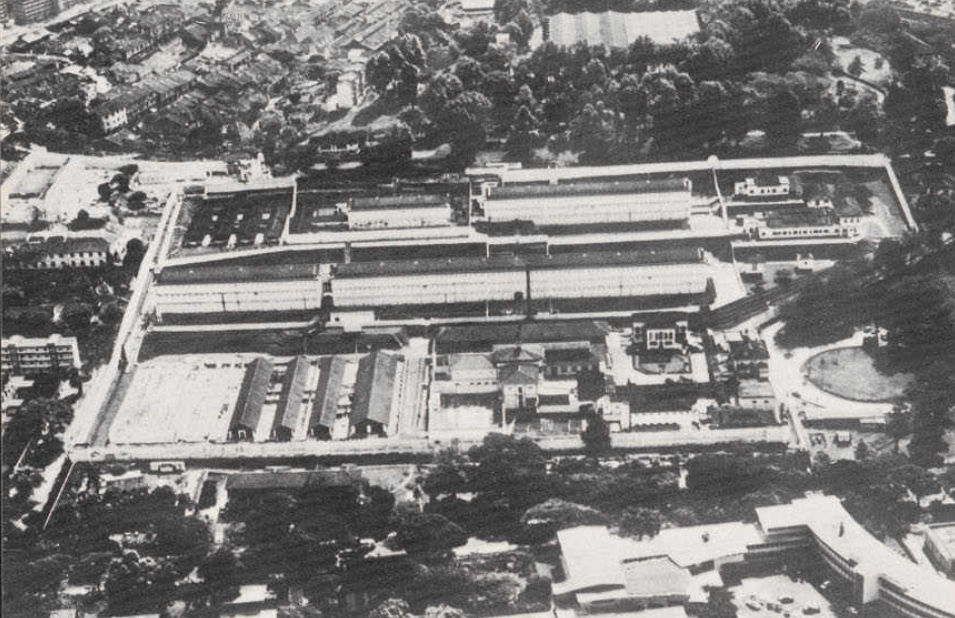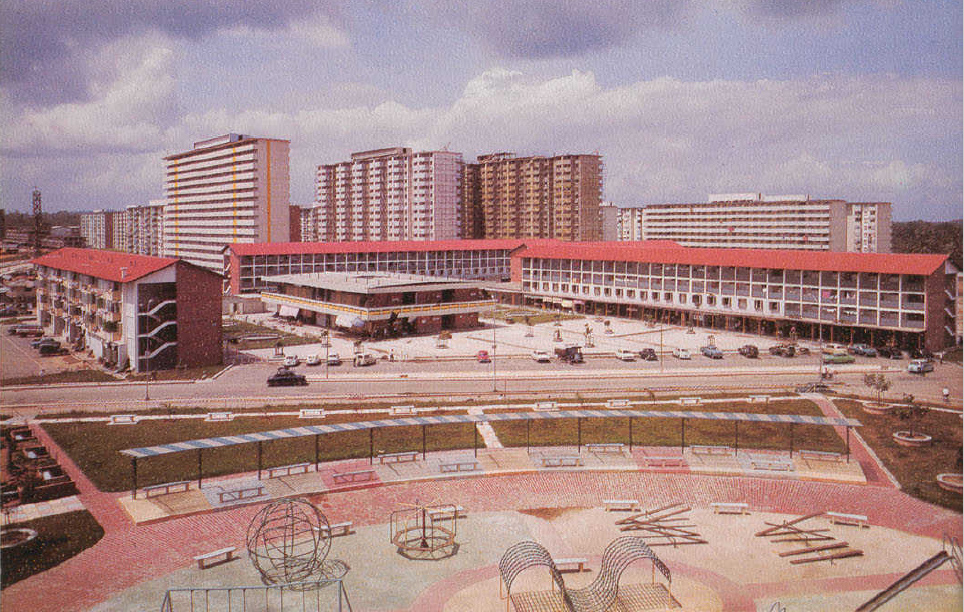The once glamorous Margaret Drive Estate

Margaret Drive is located at Duchess Estate in Queenstown where the past SIT flats were built back in the 1950s. However, the estate was only completed in 1970 because some of last SIT flats were under construction when HDB took over the construction of flats in 1960. For the first 10 years of HDB, newer and high-rise flats together with a cinema, shopping complex and food centre were being built which even gained reputation for its famous food stalls. Unfortunately, these old flats and amenities were demolished in 2011 in order to rejuvenate Dawson Estate. The newly completed Tah Chung Emporium, 1967 Block 39A where the bird-singing corner used to be located built in 1969 The iconic Block 6C where ramps were installed for skateboarders to practice and hang out Another 12-storey block within the vicinity of Margaret Drive, 1969 Margaret Drive Food Centre once famous for its long-serving Sin Kee Chicken Rice, Popiah and Fishball Noodles




